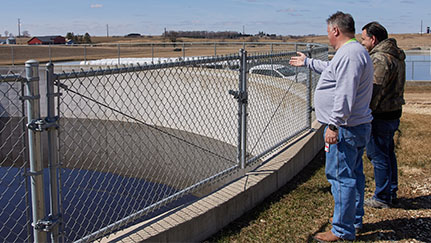Farm & agribusiness resources
Manure pit safety means thinking ahead and making good decisions
Get a gas monitor at a discounted price
Manure pit gas concentrations can vary over time, so it’s critical to monitor gas levels before every entry and to keep monitoring while in the confined space to ensure the safety of yourself and those working with you. We’ve partnered with KC Supply to offer a discount on gas monitors.
Get manure pit safety & rescue training
Sponsored by Nationwide and provided by NECAS, this one-of-a-kind manure pit simulator travels the country training first responders, farmers, ranchers and others on the importance of confined space safety and proper rescue techniques should a manure pit accident occur.*
Watch what Nationwide is doing to build awareness of manure pit safety
Andrew McCrea, farmer and award-winning host of The American Countryside, talks with farm safety experts with Nationwide about the procedures farmers should have in place for manure pit safety and Nationwide's expanded partnership with NECAS to bring manure pit safety and rescue training to ag communities.
Get more information
Learn about Nationwide agribusiness insurance
Subscribe to the Ag Insight Center email newsletter
